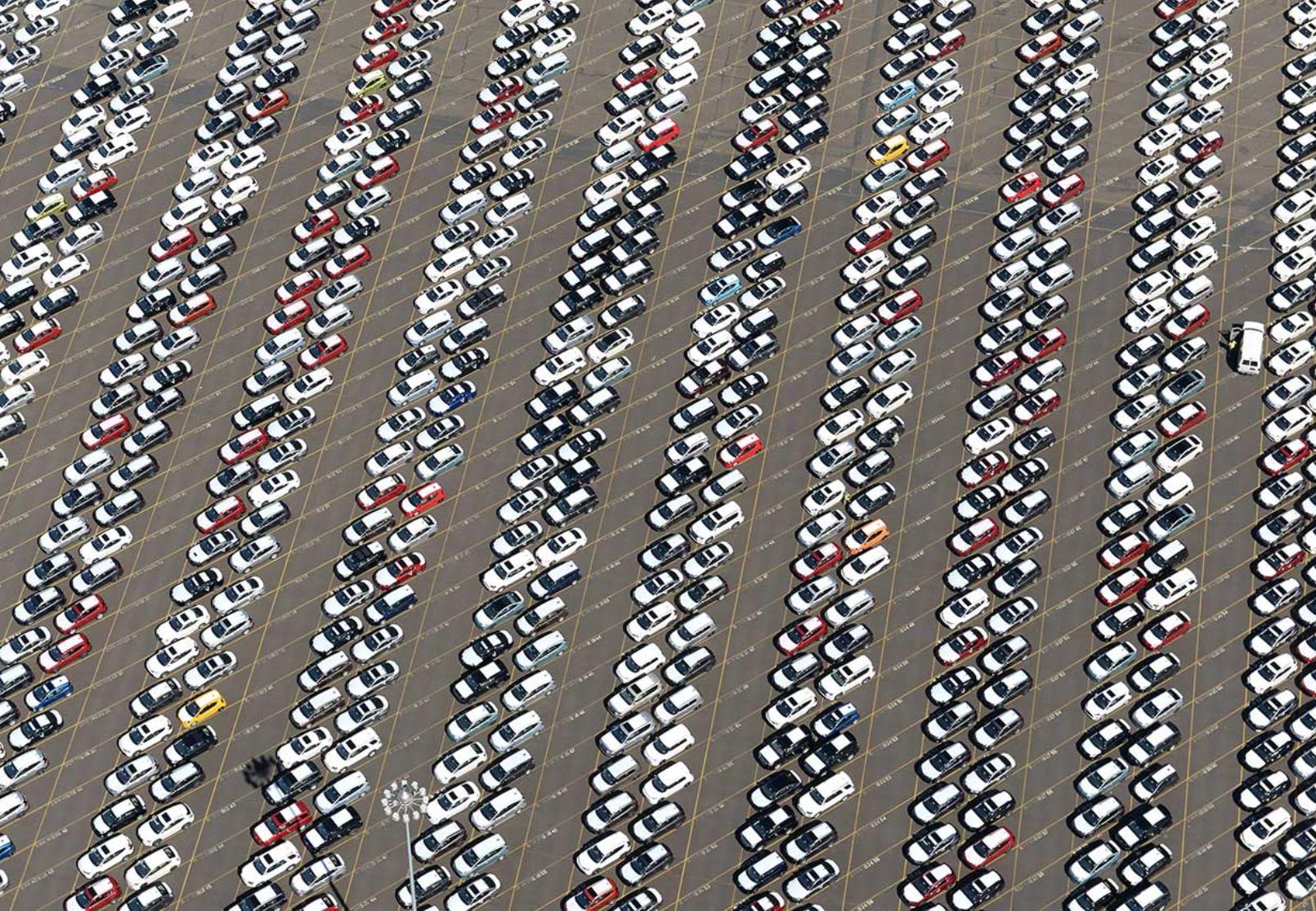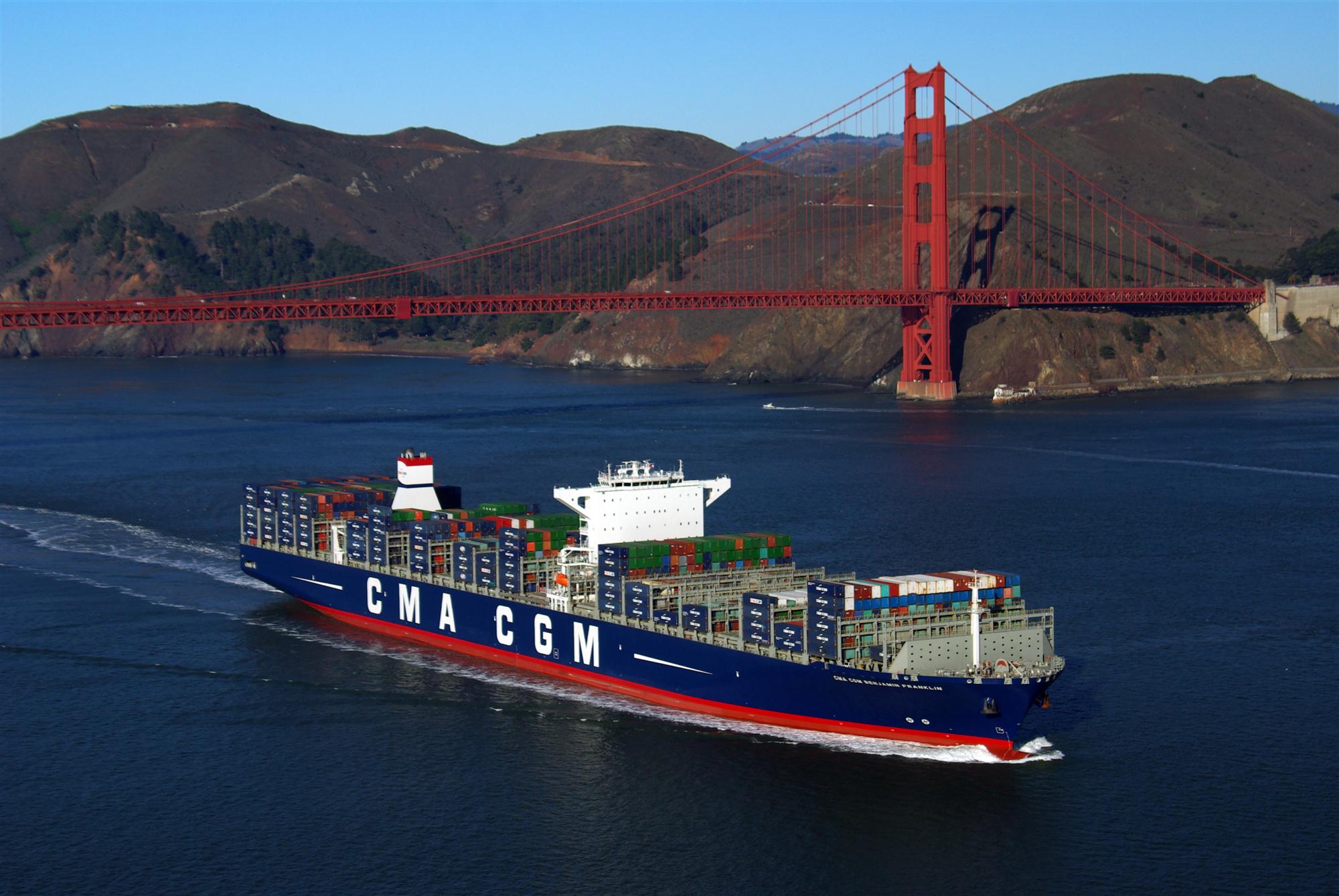Ports on North America’s west coast are keeping a keen eye on the escalating trade dispute between the United State and China, though few are prepared to say just how the retaliatory strikes by both countries will affect trade and, ultimately, activity at their ports.
That reluctance is understandable, as US President Donald J. Trump and Chinese President Xi Jinping continue to trade barbs and to impose tariffs on each other’s country.
The Trump Administration announced on September 17 in Washington that the United States would impose a 10% tariff later in the month on US$200 billion worth of Chinese goods, a tariff which will increase to 25% at the end of the year, sharply escalating the American trade war with China. When combined with previous announcements, the United States will levy tariffs on approximately half of the goods that China sells to the country, worth some US$250 billion.
“China has had many opportunities to fully address our concerns,” Trump said in a statement released by the White House. “Once again, I urge China’s leaders to take swift action to end their country’s unfair trade practices.”
China fired back quickly, saying it would it would retaliate when the new tariffs went into effect and threatening a lengthy trade dispute with the US.
The Chinese government said it will slap tariffs of up to 10 percent on an additional US$60 billion in American goods. When the new tariffs take effect, China will be imposing tariffs on virtually all US exports to the country.
“In order to safeguard our legitimate rights and interests and the global free trade order, China will have to take countermeasures,” the country’s Ministry of Commerce said in a statement. “We deeply regret this.”
The threat that more tariffs will likely materialize from both sides have worried the American business community in China. “Contrary to views in Washington, China can – and will – dig its heels in, and we are not optimistic about the prospect for a resolution in the short term,” William Zarit, chairman of the American US Chamber of Commerce in China, said in a statement.
“It’s still a little early to tell how the market will respond to the added costs of tariffs,” says Ken O’Hollaren, marine marketing director at the Port of Portland. “Ports are strong advocates of open trade. We can see the benefits of that economically from the great vantage point we have. We’ve always been proponents of that.”

“As we look ahead to 2019, I think we’re going to be flat in terms of growth,” says Alex Strogen, chief commercial officer at the Port of Vancouver USA. “That’s no big shocker – there are incredible amounts of uncertainty in terms of trade policy. And what’s the one single thing businesses hate? Uncertainty.”
“At the Port of Long Beach, our concern is not limited to tariffs on specific commodities like aluminum or steel,” Noel Hacegaba, the port’s deputy executive director of administration and operations, told Asia Cargo News. “Sixty-nine percent of the Port of Long Beach’s business is from trade with China, including Hong Kong. When you add trade with Japan, South Korea and Southeast Asia, close to 90% of our business comes from Asia.”
Hacegaba says that ports across the country are in the same position, and that what is needed is an effort to promote the benefits and advantages of free trade. “Tariffs have the potential to slow down trade, and every single Congressional district in the US benefits from trade that crosses our gateway. We have stepped up our efforts to make sure those in authority are fully aware of the value of trade and the value of ports. Trade is literally the economy in motion.”
At the Port of Los Angeles, executive director Gene Seroka told the Southern California News Group in late August that the new tariffs could impact up to a quarter of the cargo traveling through the docks, enough to fill more than a million 20-foot cargo containers. “That equals 1.4 million (units), about US$43 billion of trade value,” port spokesman Phillip Sanfield told the newspaper group. “That roughly equals containers lined up from L.A. to New York and back again to L.A.”
The ramping up of the US trade dispute with China comes on the heels of what has been seen as a successful period for most West Coast ports. The Port of Oakland reported historic import volumes in August, handling the equivalent of 85,166 TEUs, a 9.2% increase in volume over August 2017, making it the busiest August in the port’s 91-year history.
For the first eight months of 2018, Oakland’s total cargo volume – which includes imports, exports, and empty containers – is up 3.3 percent. If the trend holds, the port would break its all-time cargo volume record for the third consecutive year, a spokesperson says.

Port leadership attributed the gains to strong US consumer spending at the beginning of peak season. “We’re encouraged by the solid start to peak season, but there’s still uncertainty in the trade environment,” said Port of Oakland maritime director John Driscoll. “Let’s see what the next few months bring.”
Container volumes at the Port of Long Beach were 1.9% lower in August compared to the same month the year before. A total of 679,543 TEUs were moved through the port; imports declined 3.6% to 343,029 TEUs while exports increased, inching up 1.9% to 119,546 TEUs. Empty containers sent overseas dipped 1.1% to 216,968 TEUs.
“Our port’s decline in cargo over the last two months is in large part due to a realignment of ocean carrier alliance services and port calls,” said Port of Long Beach executive director Mario Cordero. “Another factor is higher tariffs by the United States and China. Thus far, that appears to have helped increase traffic, as shippers act to beat duties imposed on goods this summer.”
August 2017 was one of the busiest months in the Port of Long Beach’s 107-year history. At the time, it was the third-busiest month ever, a mark which has been exceeded three times since.
Long Beach’s volumes through the first eight months of the year stand at 5,320,930 TEUs. The figure is 9.4% above the pace of 2017, the port’s best year ever.
After exporting more than 87,000 Ford vehicles in 2017, the Port of Portland continues to be the leader on the US West Coast for auto exports. The port also posted strong auto totals for the year, with the combined number of imports and exports adding up to 314,000 vehicles. The 2017 total auto figures, compiled in the port’s annual year-end report, represent a 7.8% increase from 2016.
Auto imports and exports been an important source of revenue for Portland since at least the 1970s. Toyota, Hyundai and Honda all import significant numbers of passenger vehicles; Ford exports are the fastest-growing segment of the business, O’Hollaren says.
The export boom highlights the strong demand for American-made cars in Asia, he says, while noting that the trade dispute could disrupt the flow of vehicles overseas.
“Those Ford exports are mostly going to China, so we’re watching that situation closely to see what affect it may have,” he told Asia Cargo News.
Across the Columbia River, the Port of Vancouver USA logged record-breaking cargo tonnage for the fourth year in a row in 2017, coming in at 7.5 million metric tons, up slightly from the 2016 record of 7.49 million metric tons.
“Our sustained growth is a testament to the investments we and our partners have made in world-class rail and marine services, access to efficient transportation and excellent customer service,” said port CEO Julianna Marler.
Cargoes like autos, steel, minerals, wind energy components and grain continue to bring in solid numbers, says Strogen.
Strogen and O’Hollaren are key proponents of the Columbia River High, Wide and Heavy Corridor, a coalition of ports, logistics and trucking companies aiming to take business away from the US Gulf Coast. The year-old coalition recently released a feasibility route study for moving loads of energy and infrastructure project cargoes of up to 500 tons from Columbia River inland ports to Sweet Grass, Montana, the main port of entry into Canada’s oil fields. The group contends that shippers could save US$5 million per shipment – and 28 days of transit time – over the usual route through the Panama Canal to Houston and then to Canada.
“By working together with stakeholders in a collaborative way, we hold more of a market presence than we would individually,” says Strogen. “I don’t look at my sister ports up-and-down the Columbia river as competition. We look at the river holistically: if we’re stealing cargo from each other, we’re just robbing Peter to pay Paul. We’re trying to bring in business from outside the region in order to fuel the growth in the Columbia river corridor.”
By Gregory Glass
Asia Cargo News | Long Beach



